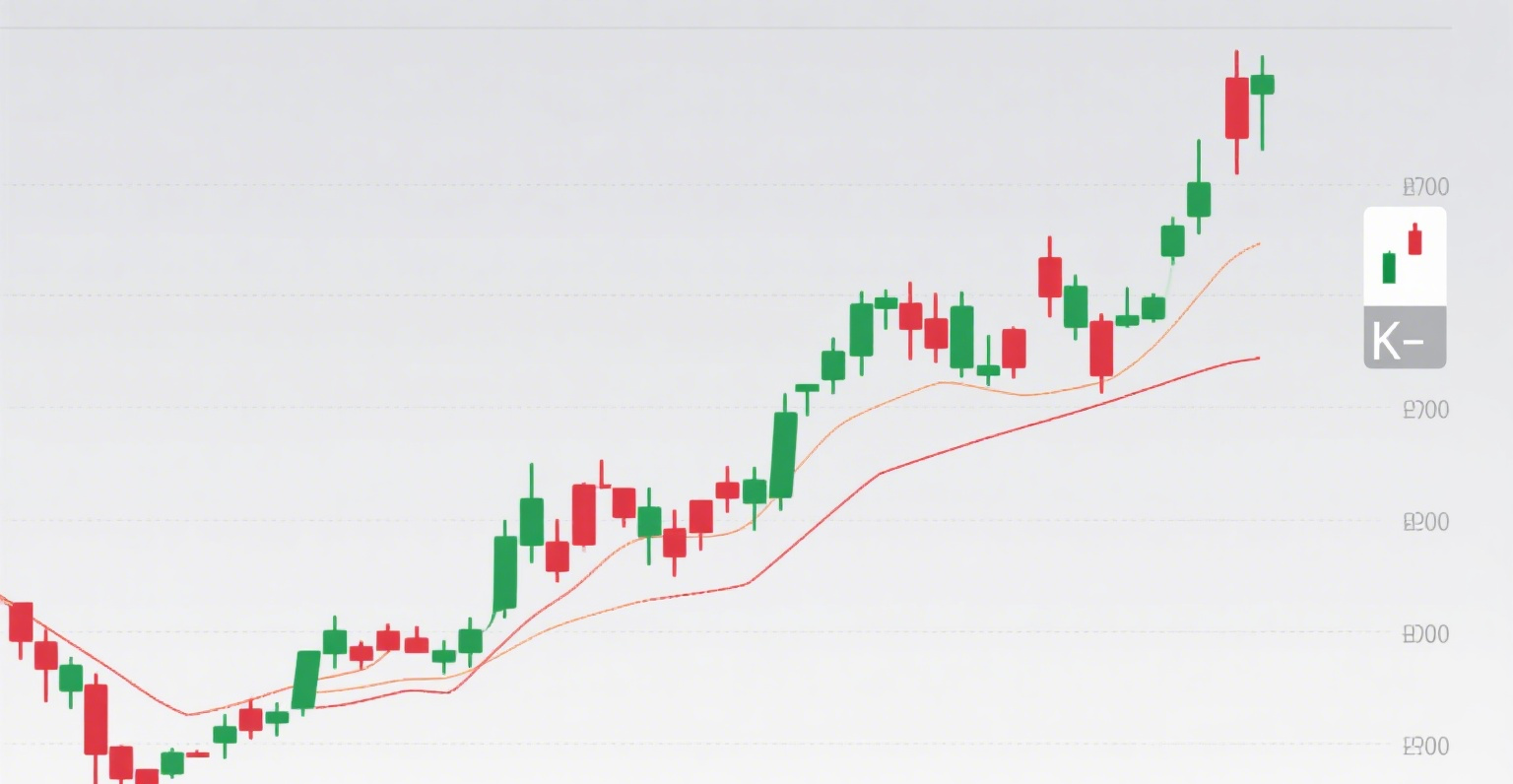
The Core Logic of Systematic Trading: A Structured Breakdown from Market Rhythm to Stock Entry Points
1. The Essence of Market Rhythm: Finding Certainty Between Divergence and Consensus
When the index opens with a rebound before pulling back, and ChiNext heavyweight stocks weaken to become the daily mainline, true trading masters have already moved beyond obsessing over index fluctuations to focus on rhythm anticipation and pattern matching. The "adjustment expectations" repeatedly emphasized by the author are essentially a qualitative assessment of market phases—when sector rotation shifts from the fermentation phase to the divergence phase, the trading strategy must switch from chasing rallies to buying core stocks on dips. For example, Yu Kaifa’s strong rebound after Friday’s failure is a classic case of "strength emerging when expectations are weakest."
The underlying logic of rhythm judgment lies in deconstructing the market into a cycle of "initiation → fermentation → climax → divergence → reflux → second wave." Taking the stablecoin sector as an example, its "two-day rally, two-day divergence" oscillation pattern reflects capital hesitation after a theme’s full play. Blindly chasing lagging stocks at this stage reduces trading to a "gamble" rather than a systematic, rule-based operation.
2. Core Concepts: The Three Realms of "Clean," "Clear," and "Top Pick"
-
"Clean": The Uniqueness Standard Within the Pattern
A qualifying stock must have an "instantly recognizable" trait—the "top pick." For instance, Cheng Bang Co.’s Thursday buy point (divergence-to-strength shift) became the market’s core focus due to its trifecta strength in theme, chart, and capital flow. Conversely, Jin’an Guiji’s chase during sector weakness violated the "sector-strength alignment" principle, classifying it as a "dirty pick." -
"Clear": The Confidence Anchor in Win-Rate Nodes
Clarity refers not to thematic complexity but to the win-rate judgment at entry points. For example, the M10 dip-buying of Great Wall Military (a军工 core stock) fits the "B-to-A" pattern but remains a speculative rebound play—"clean" yet lacking "clarity." A truly clear entry, like Cheng Bang’s Thursday "divergence-to-consensus restart," marks the shift from hesitation to consensus, offering both win-rate and risk-reward advantages. -
"Comfortable Rhythm": The Trifecta Resonance Moment
When a stock is in the initiation phase, supported simultaneously by logic, chart, and capital flow, it forms a "comfortable rhythm." Yu Kaifa’s daily-K reversal aligning with property sector rotation, or Cheng Bang’s Thursday limit-up coinciding with infrastructure theme expansion and sentiment cycles, exemplify this.
3. Stock Entry Positioning: Case Studies in Systematic Trading Logic
Pitfall Analysis: Saili Medical’s first/second board could be bought based on charts, but its subsequent boards lacked logical support—a "result-driven" trade. Chasing such stocks post-initiation means taking non-systematic risks for uncertain gains, contradicting the principle of "knowing what you’re doing."
4. From Missteps to System: Rebuilding Trading Mindsets
-
Breaking the "Board-Chasing Obsession"
Many mistake "watching high-board stocks" for "must-trade high-board stocks." When board heights are suppressed, focus should shift to core divergence plays. For instance, Jing Beifang’s Friday opening "believe-it-or-not entry" was a chart-strength swing trade, not blind board-chasing. In chaotic phases, new positions require caution—"dirty and chaotic" environments rarely offer systematic entries. -
Rejecting "Logic Self-Delusion"
Buying Xuedilong at its fifth board for "deep-sea attributes" was subjective speculation detached from the "top pick" standard. When a stock isn’t sector-core and its logic is dubious (e.g., not rallying with peers), the trade loses pattern protection. The correct approach? Like the author’s copper sector analysis: when fermentation stalls and divergence reflux fails, lower expectations and anchor decisions on capital flow—not stubborn logic.
5. Conclusion: The Ultimate Question—Do You Know What You’re Doing?
The market is a probability game, and systematic trading’s value lies in converting probabilities into repeatable rules. From Yu Kaifa’s weakness-to-strength to Cheng Bang’s divergence-to-consensus, from "top pick" standards to rhythm-phase categorization, every action hinges on one question: Are
you operating within your system, or being led by market noise?
As the author states: "From start to finish, it’s all about thinking in patterns—outcomes are irrelevant." When traders internalize "clean," "clear," and "top" standards, they find their own rhythm amid index swings and sector rotations. This is systematic trading’s ultimate charm: not predicting markets, but defining your own trades.
















